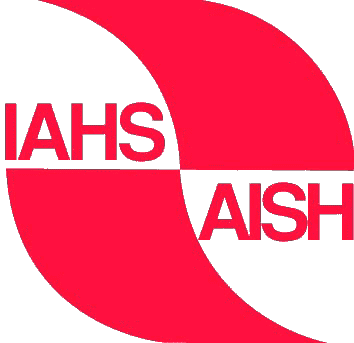 |
IAHS 90th ANNIVERSARY |
 |
PUB SYMPOSIUM 2012
back
Theme 6: New Approaches to Modelling - Wednesday, October 24, 2012
Convener: Hubert Savenije ([email protected])
Co-Conveners: Fabrizio Fenicia, Martyn Clark ([email protected]; [email protected])
Environmental modelling is confronted with the demand for ever more realistic representation of
natural processes. There is a need to understand and describe the complexity of large systems,
including the interactions and feedbacks between different biogeochemical cycles and the impact
of human activities. In addition, there is the requirement to exploit new sources of data, and
quantify their contribution to processes understanding. On the other hand, the ambition to make predictions in ungauged basins (PUB) stresses
the need to develop models that minimize data demand. This requires models that make better use
of easily observable quantities, such as globally available remote sensing data (e.g. topography,
soil moisture dynamics). As a way to cope with data scarcity, it becomes important to take
advantage of independent knowledge, exploiting available understanding on the correspondence
between the structure of a system and its functional response, or incorporating other physical
constraints. For example, a 'new generation of models' has been envisaged that may reduce data
demand by incorporating organizing principles (e.g. minimum energy expenditure and maximum
entropy production). The lack of understanding of catchment scale processes emphasizes the need for
improving our ability to implement and test alternative model hypotheses. There is a need for
toolboxes that facilitate both model development and diagnostics, allowing for a more objective
comparison of alternative model structures and for analysing the behaviour of hydrological
systems and their components. The aim of this session is to bring together new advances in the field of environmental
modelling, with particular reference to the specific challenges of PUB.